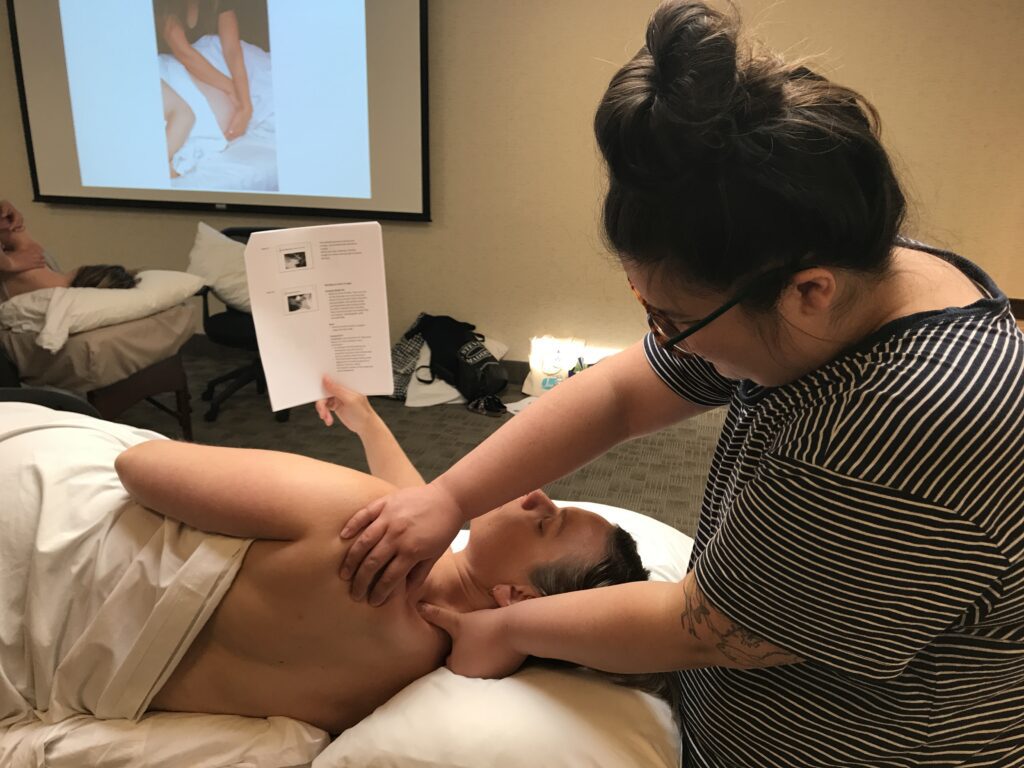Living with chronic pain is a miserable existence. The good news is there are various tools and methods to manage and maybe even relieve your chronic pain.
Three helpful tools for managing chronic pain are:
1. Pain tracking apps: Pain tracking apps can help individuals monitor and track their pain levels, triggers, and patterns over time. These apps often allow users to record the intensity and location of pain, factors that worsen or alleviate the pain, and any treatments or interventions they have tried. By keeping a detailed record of their pain, individuals can gain insights into their condition, identify trends, and share valuable information with healthcare professionals to optimize their treatment plans.
2. Meditation and relaxation techniques: Mind-body techniques such as meditation, deep breathing exercises, and progressive muscle relaxation can be beneficial for managing chronic pain. These practices promote relaxation, reduce stress, and enhance overall well-being. By incorporating these techniques into daily routines, individuals can learn to redirect their focus away from pain and develop greater control over their bodily responses.
3. Assistive devices and ergonomic aids: Depending on the source and location of chronic pain, assistive devices, and ergonomic aids can help alleviate discomfort and improve functionality. Examples include ergonomic chairs and cushions, adjustable desks, braces or splints for joint support, and assistive devices for mobility assistance. These tools aim to reduce strain on the body, optimize posture, and provide support to affected areas, thereby minimizing pain and promoting a better quality of life.
How Medical Massage Therapy can help manage and relieve chronic pain…
Medical massage, when performed by a trained and licensed professional, can also play a role in managing chronic pain. Here’s how it can help…
1. Pain relief: Medical massage techniques, such as deep tissue massage, trigger point therapy, and myofascial release, can help reduce muscle tension and alleviate pain. By targeting specific areas of discomfort, massage therapists apply pressure, kneading, and stretching techniques to release tight muscles and improve circulation, which may contribute to pain relief.
2. Improved range of motion: Chronic pain often restricts movement and flexibility. Medical massage can help improve range of motion by addressing muscle stiffness, joint restrictions, and adhesions. By using techniques that promote tissue mobility and reduce scar tissue formation, massage therapists help regain functional movement and restore flexibility.
3. Stress reduction: Chronic pain can cause significant stress and anxiety, which can further exacerbate pain perception. Medical massage has a calming effect on the nervous system, promoting relaxation and reducing stress levels. By promoting the release of endorphins and reducing cortisol levels, massage can help improve overall well-being and provide emotional relief.


